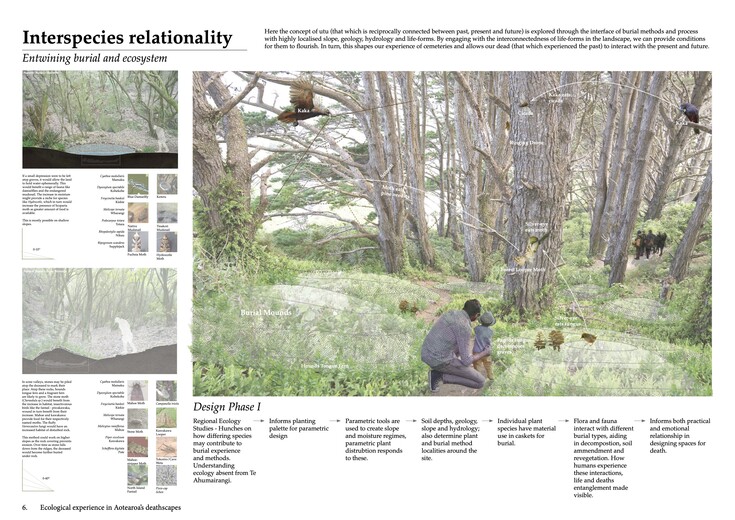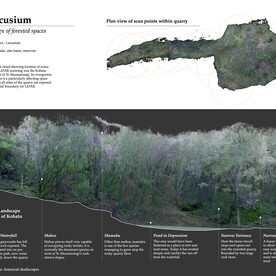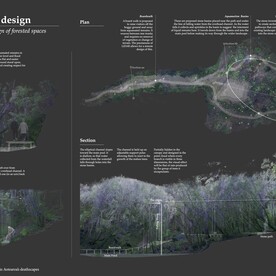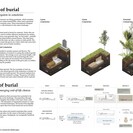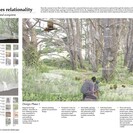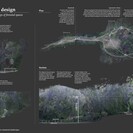
Showcase
- NZILA Category Winner Student — 2022
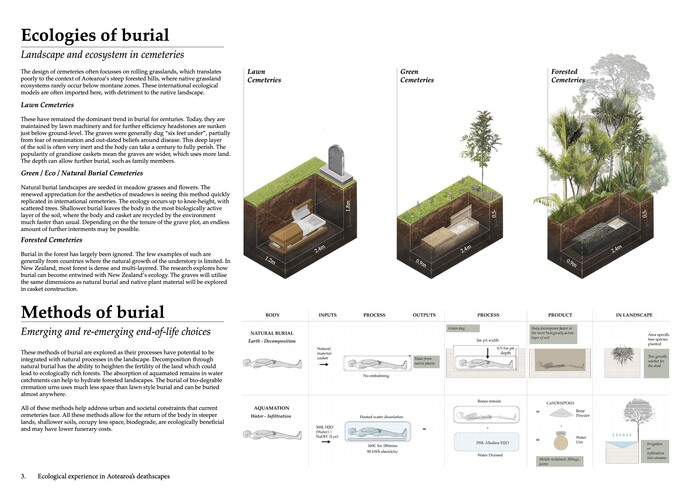
Death is a land-use issue and therefore a landscape issue. This design-led research explores reshaping the way we experience death through our engagement with it ecologically and socially.
Globally and in Aotearoa, exponential population growth and death has increased pressures of urbanisation on cemeteries and the lands’ capacity for burial. Aotearoa’s young colonial history means the majority of our dead lie in a mono-functional, socially and ecologically vacant lawn-cemetery typology from Europe. These prevailing cemeteries hide death by sanitising the visceral qualities of landscapes above ground, whilst poisoning them below.
Karori Cemetery in Wellington will reach full capacity in less than five years, with others in New Zealand following close behind. This research will explore Te Ahumairangi in the Wellington Town Belt as the site of a new forested public space cemetery. Existing landscape conditions have the potential to be interwoven with alternative burial methods
that can allow for a greater frequency of burial in an urban environment constrained for burial space.
The thesis proposes that reinterpretation is needed in making Aotearoa’s South Pacific deathscapes unique. The end-of-life methods of natural burial, aquamation and cremation can be explored for their potential to address capacity pressures, pollutants and the negative impacts of lawnscape cemeteries on the landscape. It explores how designing the process of these burial methods in the landscape has the potential to alter experiential, ecological, social and sacred richness of death spaces.
The research sheds light on these considerations, findings and underexplored relationships, through a type of ecological-experience fieldwork to counter current practice. The uncovered range of potentials in landscapes of death can be tapped to catalyse the discipline of landscape architecture and cemetery planning into action.
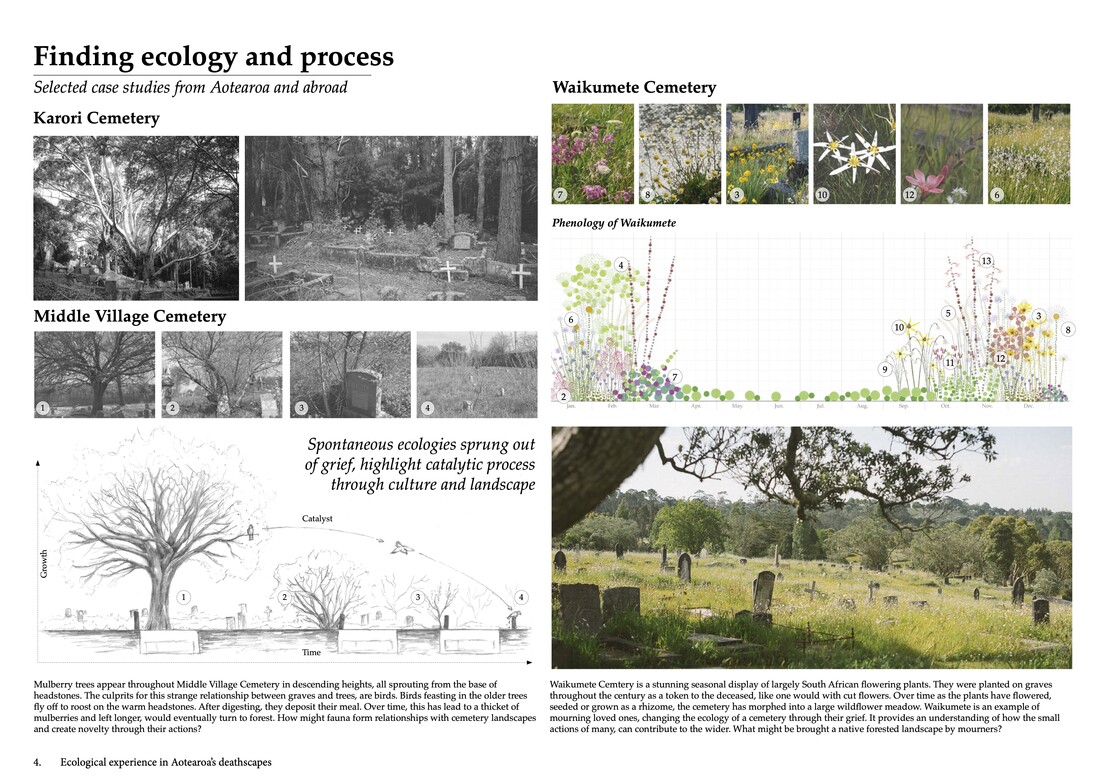
Judges’ Citation:
This is a masterful design investigation of an important land use issue, that of mono-functional lawn cemeteries. Logan Drummond, of Victoria University of Wellington, notes that city cemeteries are reaching capacities and seeks solutions. He responds by first considering the rituals from Te Ao Māori, and the arid ecological implications of current lawn cemeteries. His approach is the adoption of alternative burial processes.
Student:
Logan Drummond, Victoria University of Wellington
